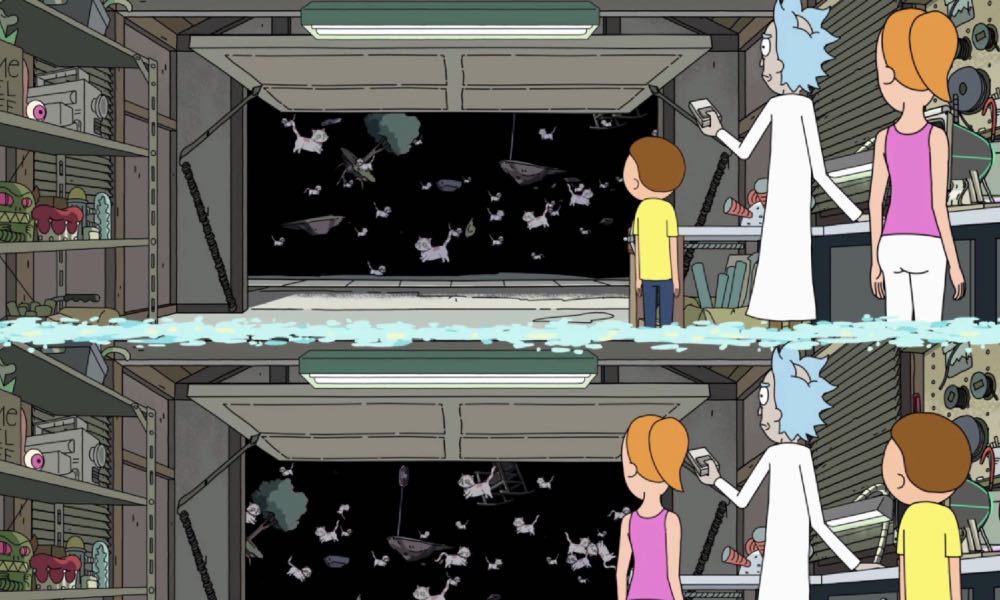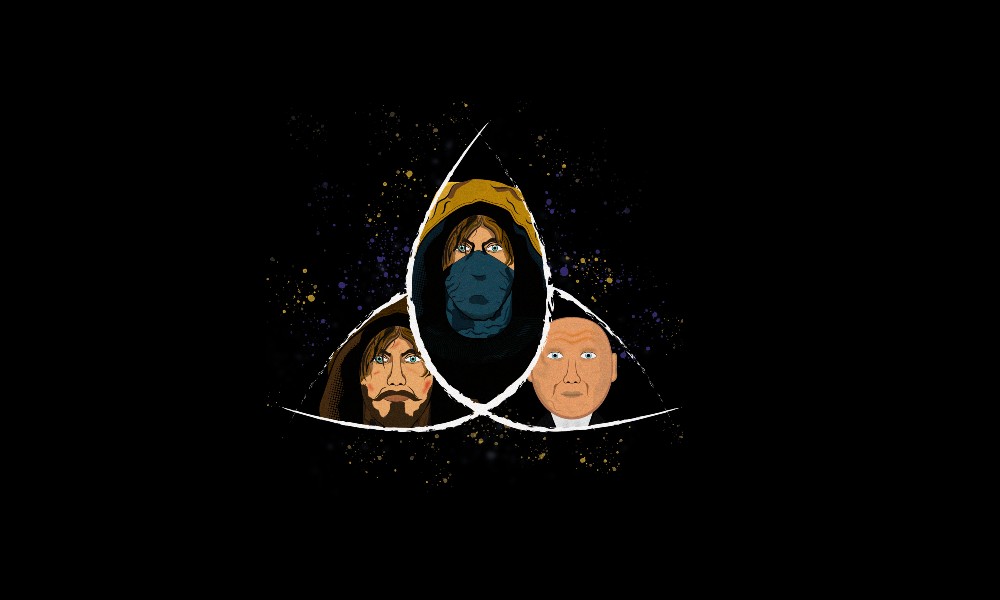Schrodinger’s thought experiment rules the popular culture of 21st century.
Erwin Schrödinger’s thought experiment on quantum mechanics known as “Schrödinger’s Cat” was published 86 years ago on this day. Today the millennials and Gen Z have taken interest in it through a variety of pop culture activities.
Sheldon Cooper, a character in The Big Bang Theory, a TV show, states a reference of the thought experiment. The episode ‘The Tangerine Factor’ witnesses the former advising a friend on the status of a date. He refers to it being both good and bad just like the cat being dead and alive, and one would only see the reality if the lid is lifted.
Schrödinger’s thought experiment involves placing an imaginary cat inside a sealed box which contains a radioactive material, a hammer, a poison flask and a Geiger counter. In case, the Geiger counter picks up radioactivity, the relay drops the hammer, the flask breaks and the cat dies. He concluded that, seconds before the lid is lifted, the cat will be alive and dead at the same time. It is only when the box is opened, we know its definitive state.
The dual nature of the cat is what gave rise to his famous theory of atomic superposition in quantum mechanics.
On the phenomenon of superposition, Shiva T, IIT Kanpur said, “It is a landmark experiment on the clarification of the uncertainty principle. Superposition can never be actually ‘observed’– it is instead a mathematical construct that explains phenomenon at the quantum or atomic level.”
A recent trend is the Schrödinger smiley in popular culture across all social media platforms.

There are many references to the thought experiment in television shows, movies, songs, poems, anime and merchandise. In the anime, ‘Hellsing’ a character goes by the name Schrödinger whose superpower is to be everywhere and nowhere at the same time.
In the Rick and Morty show’s episode ‘A Rickle in Time’ shows the protagonists surrounded by Schrödinger’s cats in a black void. This is shown as a result of uncertainty between characters which splits the current reality into two and again into four.

Abhinav Singh on the inclusion of the experiment in pop culture said, “It is shocking to see people obsessed over the paradoxical nature of Schrödinger’s experiment. It was just hypothesized.
The experiment itself did not prove anything in the classical scientific case.”
The experiment had received a wide array of interpretations which were also represented in pop culture.
The Stanford Encyclopaedia of Philosophy on the Many-Worlds Interpretation (MWI) of Quantum Mechanics states that multiple worlds can exist parallelly in the same space and time.
The many-worlds interpretation outlines both, the alive and dead state of the cat. These realities simultaneously exist in alternative worlds. The German Netflix series Dark is built on this principle. Three alternative worlds exist in the Dark universe at the same time where the role of the sealed box is replaced with a cave.

Praneet Sharma who has watched all these shows said, “Schrödinger’s cat will go down in infamy considering the number of times it has been brought up in recent pop culture. Dark references this thought experiment by alluding to the possibility of a multiverse. Even Japanese mangas have been adapting to this concept. The Big Bang Theory characters have referenced it so many times that even Penny knows what it is now.”
In the TV show, House MD ,a conversation between the protagonist and a fellow doctor touches on this thought by stating, “No, but since she’s not a dead cat it’s scientifically impossible for her to be in two places at once.”
Raof Mir, Professor of Cultural studies said, “It is all an imitation game. Mimetic Theory highlights human behaviour and culture. Imitation has become the foundational basis of life. To be able to bring back an 80-year-old theory back into today’s culture proves the concept of cultivation theory.”
When something like memes on Schrödinger’s cat is circulated at such a pace our society, it becomes a society of spectacle, he added.




